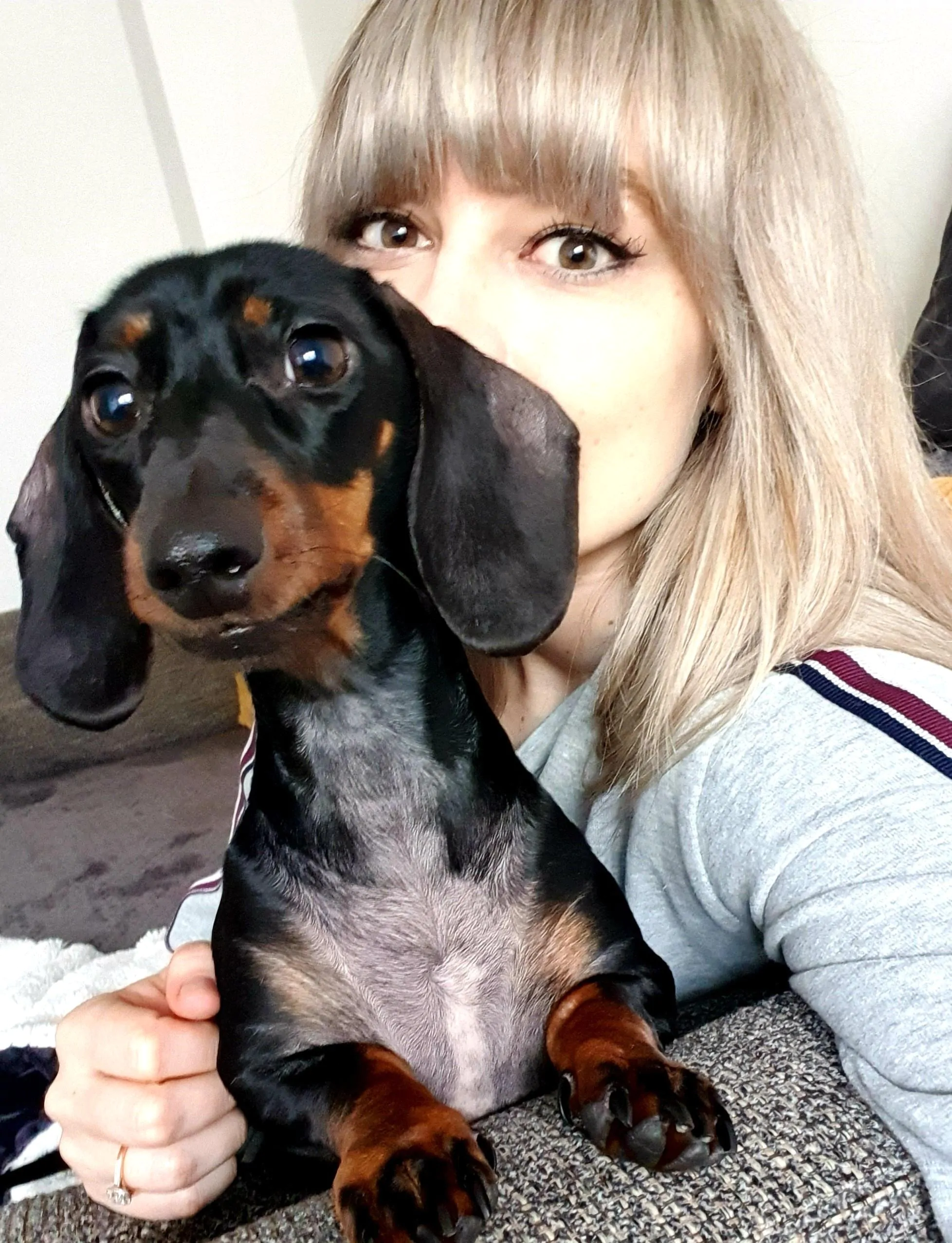Covers your pet up to the chosen vet fee limit if they have a dental accident or injury. Always be sure to take your pet for annual dental check-ups, and follow your vet’s advice.
The Shiba Inu is a bold, independent and charismatic breed. Despite their cuteness, they’re not the easiest breed to train and can be wary of strangers, making them better suited to experienced dog owners than first-timers. But with early socialisation and confident handling, they can make brilliant, loyal companions.


A guide to owning a Shiba Inu
The Shiba Inu is one of Japan’s most iconic dog breeds – small, spirited, and sporting a look that’s somewhere between a dog, a red panda and a fox. Originally bred to hunt small game, they’re agile, clever and have bags of confidence. These days, they’re hugely popular as companion dogs, and even found fame as the face of the viral internet ‘Doge’ meme. Such wow!
Despite all this, Shibas aren’t always the easiest dogs to live with. They need consistent training, plenty of mental stimulation, and an owner who understands their independent streak. Here’s what you need to know about their temperament, grooming needs, and potential health issues.
Are Shiba Inus good family dogs?
They can be, but they’re best suited to families with older children who understand boundaries, as Shibas are not naturally tolerant of rough play.
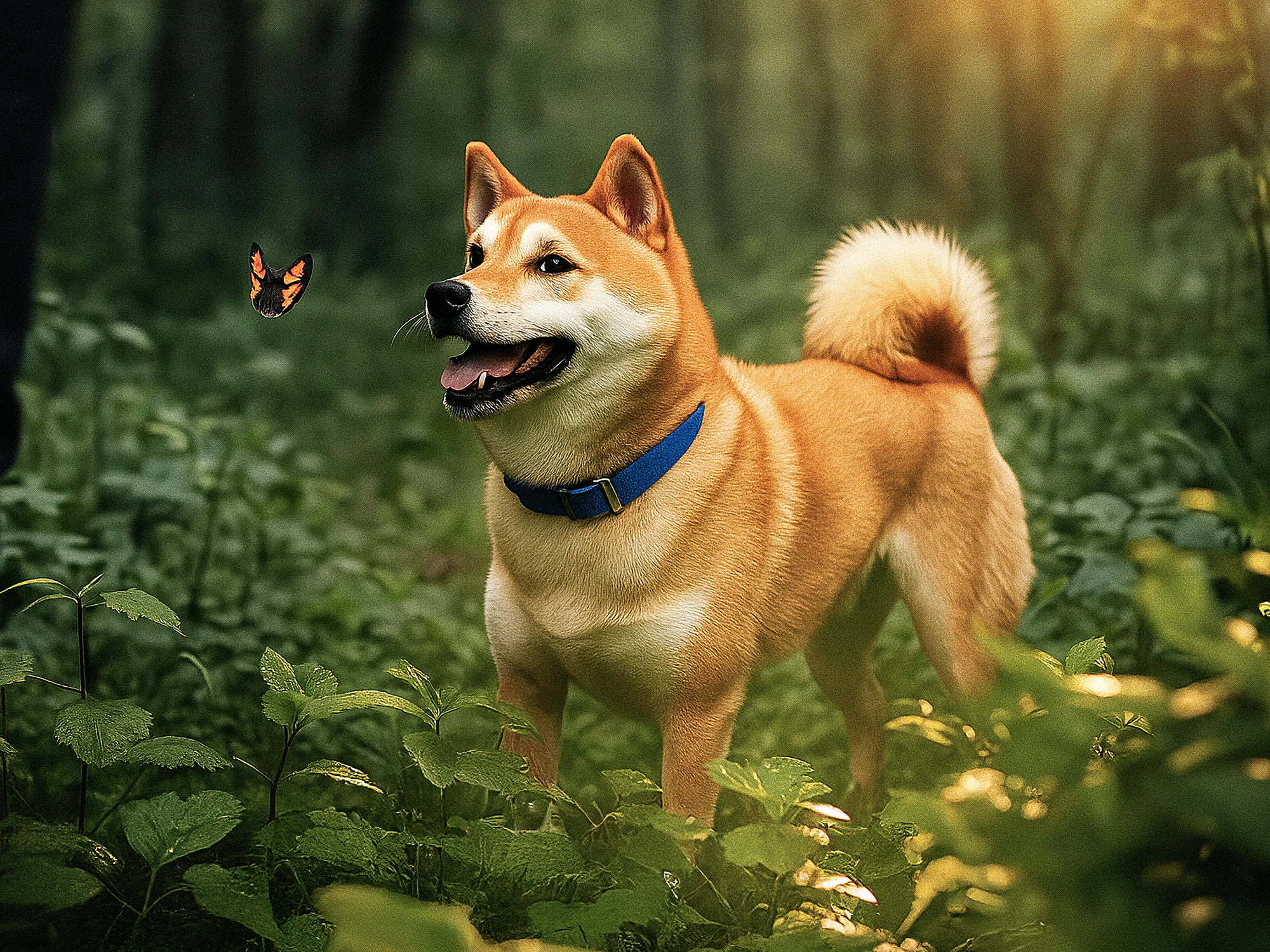

Shibu Inu size and appearance
The Shiba Inu is a compact but muscular dog with a curled tail and a distinctive expression that’s often described as ‘smirking’. They have upright ears, alert eyes and a dense double coat that stands off the body, giving them a plush, fox-like appearance.
Shiba Inus are small-to-medium sized, standing around 33-43cm tall at the shoulder, weighing between 8-11kg. They’re also surprisingly strong.
Shiba Inus typically come in four recognised coat colours:
- Red (the classic, most popular colour)
- Black and tan
- Sesame (red base with black-tipped hairs throughout)
- Cream
What were Shiba Inus bred for?
The Shiba Inu hails from Japan, having originally been bred for hunting and flushing small game, such as rabbits and birds. Shiba lived in the mountainous areas of the Chūbu region. The name translates as ‘brushwood dog’.
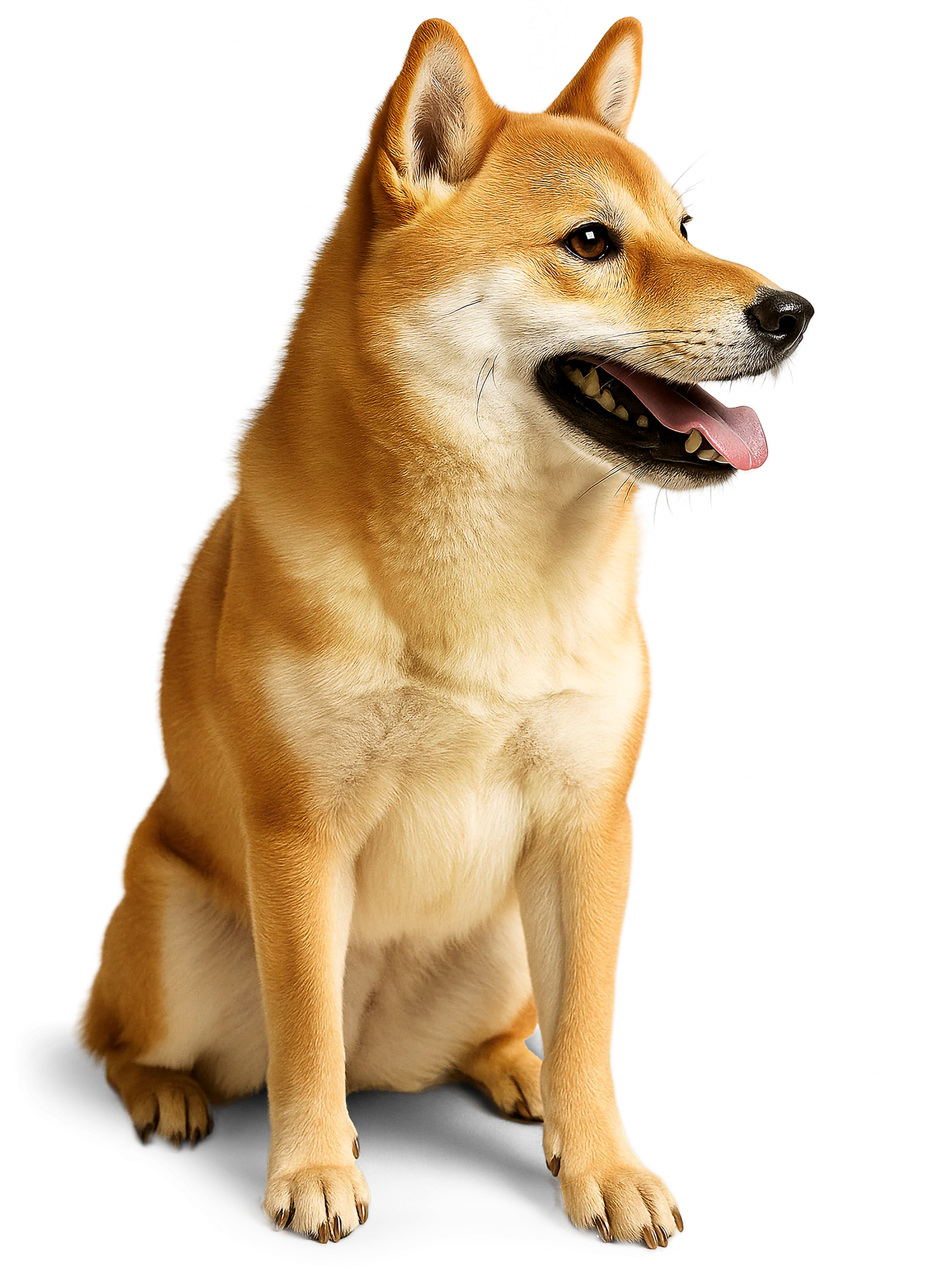

What is a Shiba Inu’s temperament?
The Shiba Inu’s personality is:
- Independent: They like to do things their own way, so don’t expect unquestioning obedience. They’ll happily ignore a command if they think they have a better idea.
- Alert: Shibas are always switched on. This makes them excellent watchdogs, but they can also be reactive to unfamiliar people or animals if not socialised early.
- Super confident: Small in stature, big in personality. Shibas carry themselves like they own the place.
- Clean: Shibas are famously tidy and almost cat-like in their self-care. They often groom themselves and can be relatively easy to house train.
- Reserved but affectionate: While they’re not typically cuddly lap dogs, Shibas can form strong bonds with their family. Just don’t expect clinginess.
Can Shiba Inus be left alone?
Shibas are more independent than many breeds, but they still need companionship. Leaving them alone too long can lead to boredom and destructive behaviour. Start with short periods and build up with training.
Be aware that no dog should be left alone for longer than four hours. If you do have to leave them on their own for a lengthy spell, make sure they have access to fresh water, and comforts such as their favourite toy and blanket.
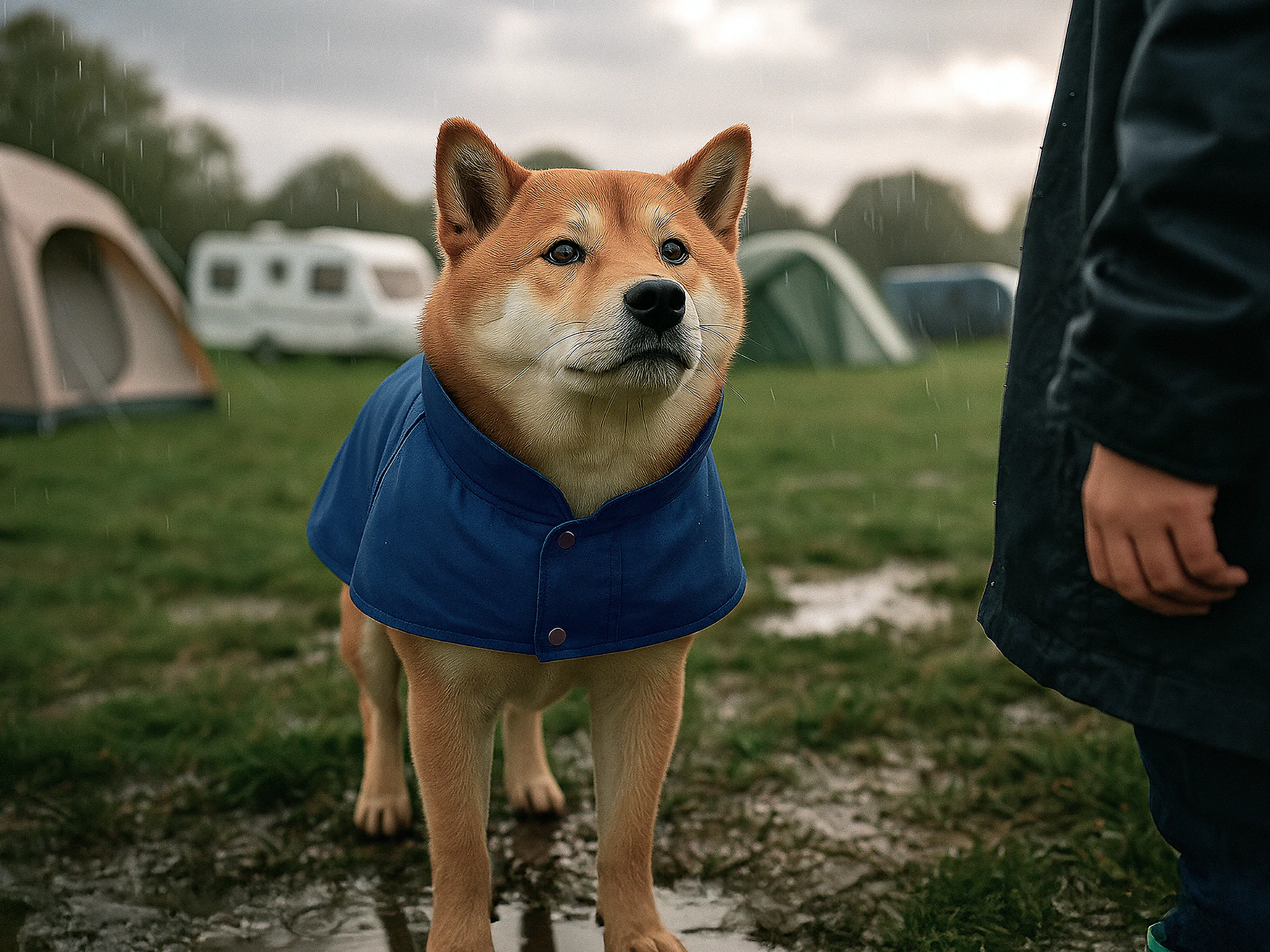

How much exercise does a Shiba Inu need?
Shiba Inus are energetic and agile with a strong prey drive that’s inherited from their days as hunting dogs. They need daily walks, off-lead play (ideally in secure spaces) and games that challenge their minds.
Two walks a day plus some interactive playtime – like scent work, hide-and-seek or puzzle toys – usually does the trick. Without enough stimulation they can get barky and/or bored, which can then lead to destructive behaviour or even well-planned escape attempts!
Can Shiba Inus swim?
Shiba Inus perhaps aren’t naturals in water, but they can be trained to swim and perhaps even enjoy it. If they do decide to take a dip, always supervise them and consider a doggy float vest for proper swim sessions.
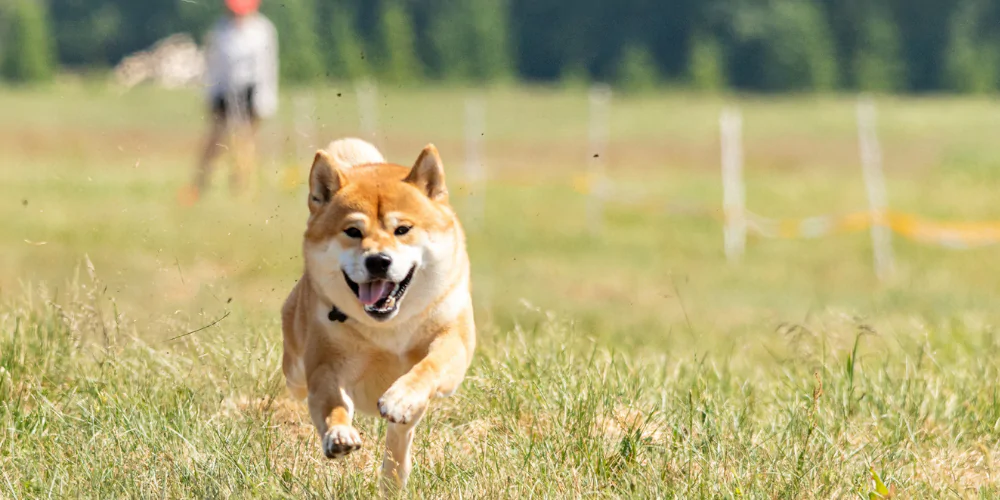

Our expert says…
The Shiba Inu is a very cute breed from Japan, looking like a small fox. They’re not for inexperienced dog owners, however, as they’re very intelligent and strong willed. This makes them prone to anxiety unless in very confident hands.
As vets, we don’t see many Shiba Inu in practice for this reason. But we know that when we do, careful handling may be required, as an anxious dog is more likely to be aggressive.
Medically, they often suffer from atopic dermatitis, an auto-immune condition where the body overreacts to many normal stimuli (including food and plants), leading to debilitating itching and skin disease. This is a genetic, lifelong condition that needs continual management, so make sure your breeder has not bred from parents who show even mild symptoms.
Dr Siân Burwood MA VetMB MRCVS


How long do Shiba Inus live?
The average lifespan of a Shiba Inu is around 13-15 years.
What are the common health issues for a Shiba Inu?
Shiba Inus are generally healthy, but like all breeds, they’re prone to a few specific health issues. One of the most common is atopic dermatitis. This is a lifelong skin condition that causes itching and discomfort, and needs ongoing management to keep under control.
They’re also at risk of patellar luxation, where the kneecap slips out of place. This can vary from a mild wobble to a condition that requires surgery.
Eye problems are another concern, particularly glaucoma (a build-up of pressure in the eye) and cataracts, which can appear early in life. Regular vet check-ups are the best way to catch these issues before they become serious.
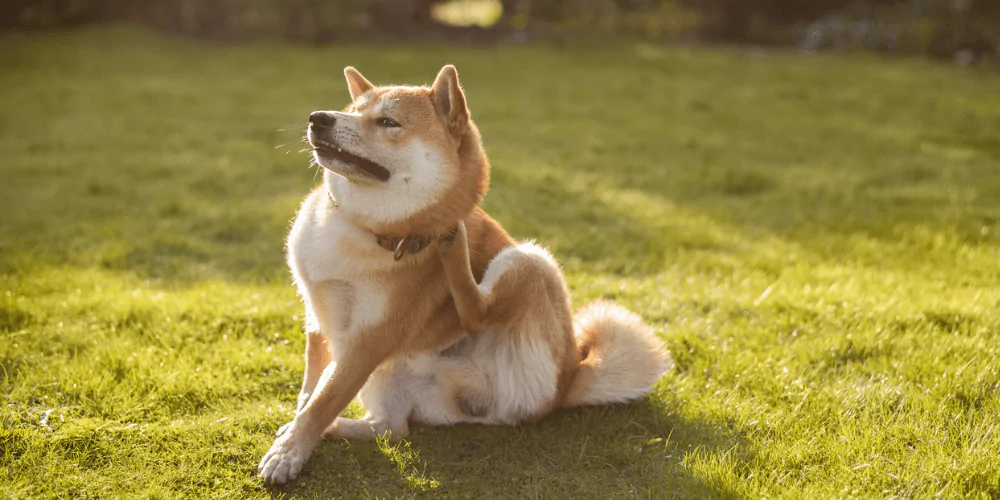

Shiba Inu grooming and hygiene
Shiba Inus are relatively low-maintenance when it comes to grooming, but they do shed quite a lot. Regular brushing helps control the hair, and they generally don’t need frequent baths due to their clean habits.
Routine care such as checking their nails, ear cleaning and dental hygiene are still essential. And during shedding seasons (spring and autumn), daily brushing can help manage the tumbleweeds.
Do Shiba Inu shed?
All dogs shed, but Shibas are double-coated, so you’ll notice more fur than with some other breeds, particularly during their seasonal ‘blowouts’. A regular grooming routine is a good idea if you want to keep on top of it.
Are Shiba Inus hypoallergenic?
No dogs are truly hypoallergenic, and Shiba Inus definitely aren’t. They shed quite a bit and produce dander (dead skin), which can trigger allergies.


How to train a Shiba Inu
Training a Shiba Inu takes patience, consistency and a good sense of humour. They’re clever and capable, but also famously stubborn and easily bored.
Be aware that Shibas can be talkative. You can expect a bit of back chat – or even a Shiba scream – in response to excitement or frustration.
Here are a few pointers:
- Early socialisation is essential. Expose them to other dogs, people and different environments while they’re still young.
- Reward-based training works best. Harsh corrections and telling off tend to make them dig their heels in – a bit like having a stubborn child.
- Short, varied sessions are better than long, repetitive ones. They’ll lose focus quickly if things get boring.
- Due to their prey drive, off-lead recall can be a challenge. A secure area or long lead is often your safest bet.


What insurance do I need for my Shiba Inu?
The level of dog insurance you choose for your Shiba Inu will usually come down to your circumstances and budget. So you know exactly what you’re getting for your money, read our guide to whether pet insurance is worth it.
We think that all dogs deserve the most comprehensive level of cover as possible, which is why we only sell different types of lifetime cover. We could also cover your Shiba Inu for any pre-existing conditions they may have with our Lifetime Plus policy, subject to acceptance*.
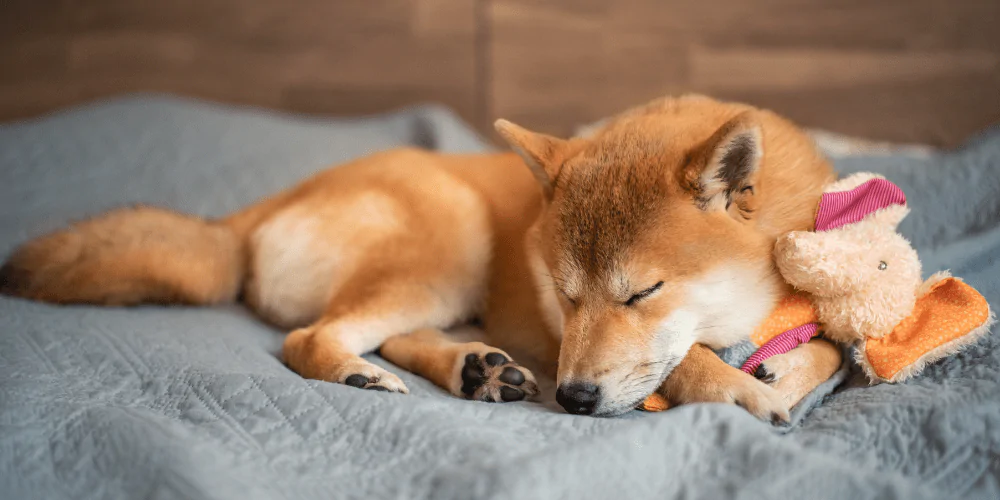

Guides and advice from experts
Our expert vets and behaviourists have great pointers to help keep your pet happy and healthy.

If your dog gets ill or has an accident, you want to give them the best care possible. Let’s take a look at why having pet insurance is important for your pooch.
What’s included in your dog cover
Choosing Petgevity to protect your dog gives you more than just vet fee cover. Here's what you get from our policy.
Dental accident
Covers your pet up to the chosen vet fee limit if they have a dental accident or injury. Always be sure to take your pet for annual dental check-ups, and follow your vet’s advice.
More info
Covers your pet up to the chosen vet fee limit if they have a dental accident or injury. Always be sure to take your pet for annual dental check-ups, and follow your vet’s advice.
Behavioural treatment
Get expert help with your pet’s mental and emotional wellbeing, as advised by your vet. Cover up to your chosen vet fee amount or the cost of up to 12 sessions, whichever is lower (Lifetime Plus); or up to £1,000 (Lifetime).
More info
Get expert help with your pet’s mental and emotional wellbeing, as advised by your vet. Cover up to your chosen vet fee amount or the cost of up to 12 sessions, whichever is lower (Lifetime Plus); or up to £1,000 (Lifetime).
Complementary therapy
As advised by your vet, this covers alternative treatments like acupuncture or hydrotherapy. Cover up to your chosen vet fee amount (Lifetime Plus); or up to chosen vet fee amount or £1,500, whichever is lower (Lifetime).
More info
As advised by your vet, this covers alternative treatments like acupuncture or hydrotherapy. Cover up to your chosen vet fee amount (Lifetime Plus); or up to chosen vet fee amount or £1,500, whichever is lower (Lifetime).
Emergency care
If you can’t look after your pet due to an emergency, such as an unplanned hospital visit, this covers you for up to £1,500 (Lifetime Plus) in minding costs.
More info
If you can’t look after your pet due to an emergency, such as an unplanned hospital visit, this covers you for up to £1,500 (Lifetime Plus) in minding costs.
Third-party liability for dogs
Covers you for legal costs if your dog causes injury to somebody or their pet, or causes loss or damage to someone’s property. Protects you for up to £2 million in a legal action.
More info
Covers you for legal costs if your dog causes injury to somebody or their pet, or causes loss or damage to someone’s property. Protects you for up to £2 million in a legal action.
Choice of optional extras
Need extra protection? Choose from several optional extras to cover your pet’s needs, including dental illness, or cover if your pet is stolen or lost.
More info
Need extra protection? Choose from several optional extras to cover your pet’s needs, including dental illness, or cover if your pet is stolen or lost.
Dental accident
More infoBehavioural treatment
More infoGet expert help with your pet’s mental and emotional wellbeing, as advised by your vet. Cover up to your chosen vet fee amount or the cost of up to 12 sessions, whichever is lower (Lifetime Plus); or up to £1,000 (Lifetime).
Complementary therapy
More infoAs advised by your vet, this covers alternative treatments like acupuncture or hydrotherapy. Cover up to your chosen vet fee amount (Lifetime Plus); or up to chosen vet fee amount or £1,500, whichever is lower (Lifetime).
Emergency care
More infoIf you can’t look after your pet due to an emergency, such as an unplanned hospital visit, this covers you for up to £1,500 (Lifetime Plus) in minding costs.
Third-party liability for dogs
More infoCovers you for legal costs if your dog causes injury to somebody or their pet, or causes loss or damage to someone’s property. Protects you for up to £2 million in a legal action.
Choice of optional extras
More infoNeed extra protection? Choose from several optional extras to cover your pet’s needs, including dental illness, or cover if your pet is stolen or lost.
*Cover for pre-existing medical conditions is subject to acceptance. They will not be covered unless you have declared them and they are shown on your Confirmation of Cover.
